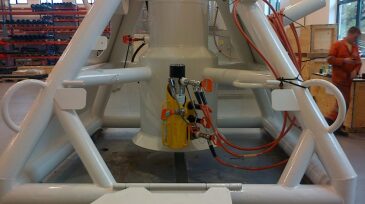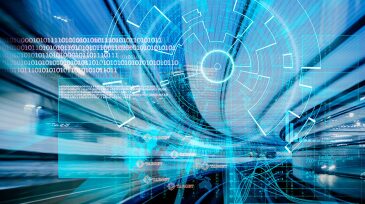Digital Transformation
Mark your calendars for the first SPE Live featuring the 2025 TWA Energy Influencers.
The energy sector is rapidly transforming toward a data-driven, decentralized future where combining human expertise with AI and machine learning unlocks new efficiencies, solves complex challenges, and creates a decisive competitive advantage.
AI is transforming oil and gas, but the real change will come from young professionals (YPs) who bridge technology and field expertise. By leading pilots, building networks, and challenging old assumptions, YPs can drive the industry’s digital transformation from within.
-
Acquiring data from an abandoned subsea well has been done before, but never quite like this.
-
Microsoft deployed a datacenter underwater near Scotland’s Orkney Islands, as part of a project to assess bringing datacenters closer to population centers.
-
Wearable computers are turning heads in the oil and gas industry and appear to be on a trajectory for widespread adoption.
-
Data story consumers are focused on summarized results and highlights instead of details of the analysis. It’s a data scientist’s responsibility to identify the significance of the data and to present it in a simple but scientific manner.
-
More than 400 students from 20 SPE student chapters across the US, Mexico, and Canada gathered at the annual SPE North America Student Symposium (NASS) held at Louisiana State University in Baton Rouge during 21–24 February.
-
The fourth industrial revolution, or Industry 4.0, has the potential to disrupt every industry, including the oil and gas industry through large-scale automation, robotics, artificial intelligence, and big data analytics. Young professionals (YPs) will be the main engine responsible for the development of many Industry 4.0 technologies in the oil and gas industry. Thi…
-
NUS Engineering is working on a hybrid UAV, which combines the features of a helicopter and an airplane.
-
Statoil's Acting head of Digital Centre of Excellence shares the company's digital road map.
-
The data science, machine learning, and artificial intelligence fields do have a great deal of overlap, but they are not interchangeable.
-
BHGE shared its plans for the integration of its services, products, and digital platforms for upstream to downstream applications.













